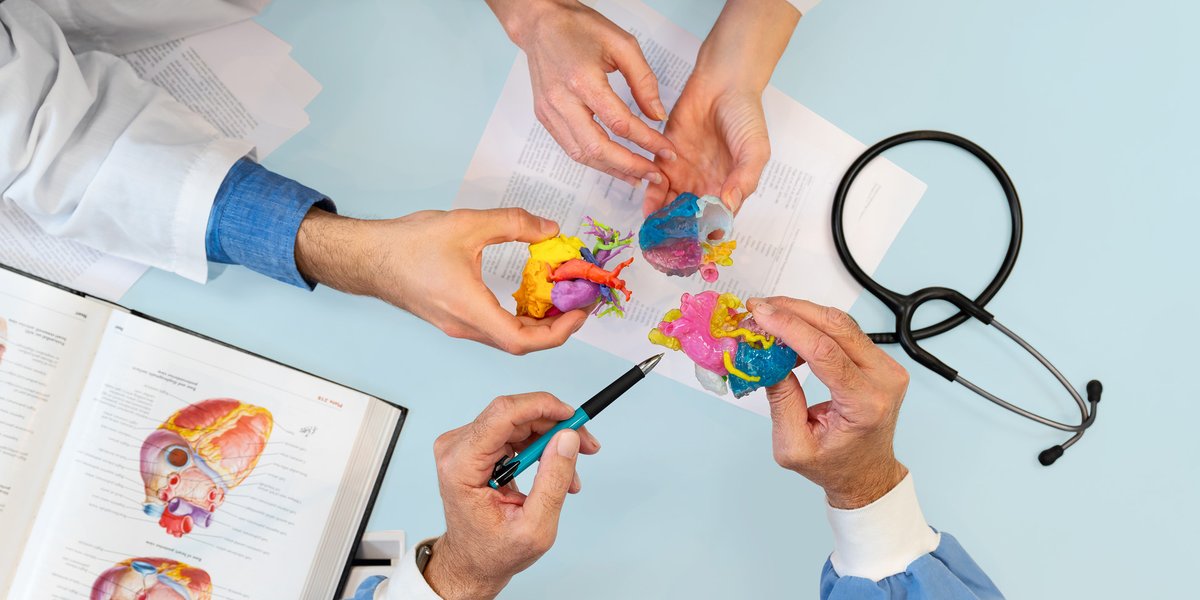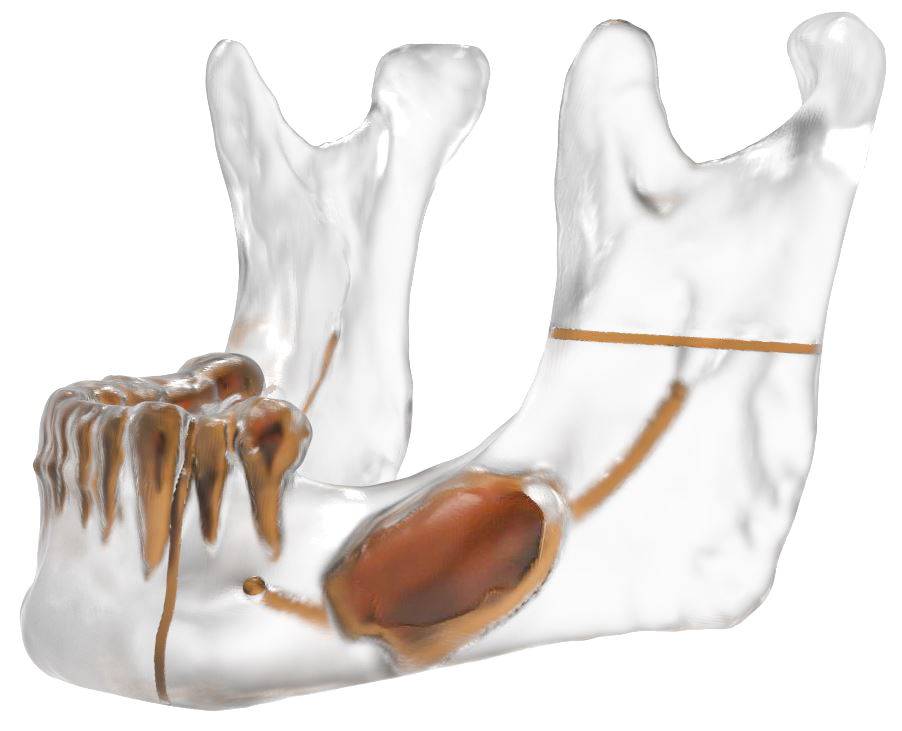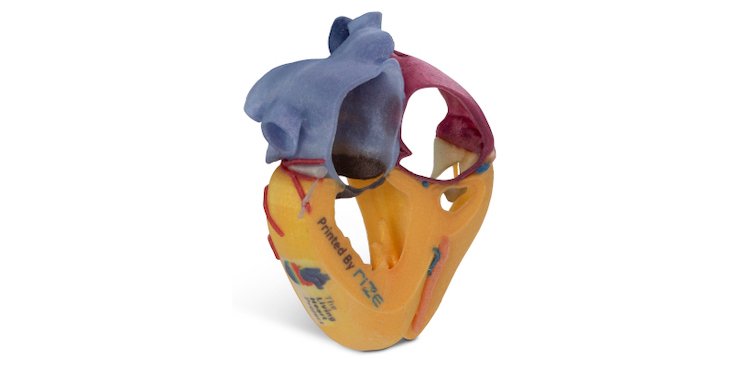The U.S. Food and Drug Administration’s (FDA’s) Center for Devices and Radiological Health (CDRH) has published a discussion paper on the topic of 3D printing medical devices at the point of care (PoC), a critical step in the evolution of medical 3D printing. Now, additive manufacturing (AM) of implants, models, guides and other items won’t have to be produced off-site and shipped to their point of use but could be made directly at a hospital. This is a significant development not only for medical AM but for 3D printing as a whole.
The 18-page document, hosted on the FDA website, discusses the possible uses of PoC 3D printing of medical devices, the first step in establishing regulations for this application. Rather than provide specific guidance, the paper is meant to generate feedback from the public as the agency develops policy.

Poieskin’s autologous skin substitute is bioprinted. Image courtesy of Poietis.
It includes the background of the technology, its regulation by the FDA so far, and the relationship between a 3D printing facility and the safety and effectiveness of a medical device. Obstacles to 3D printing devices at PoC and how regulatory oversight might be applied in different situations are offered. One example is included below:
“A Traditional Manufacturer received 510(k) clearance for a 3D printing [medical device production system (MDPS)] that makes patient-matched anatomic skeletal models used to assist in a physician’s surgical planning procedures and during the surgery itself. The 510(k)-cleared MDPS includes or specifies in the labeling a compatible scanner, design and manufacturing software, design limitations coded into the software, raw materials, compatible printer(s), and associated tooling. A HCF uses the cleared 3D printing MDPS in accordance with its labeling.”
The document also poses 16 questions for the public to speak to, such as:
“PoC 3D printing facilities in an [healthcare facility] may need to conduct certain activities after using an MDPS (e.g., heat treatments, drilling). Because the [Quality System (QS)] Regulation would require the manufacturer’s verification and validation of the MDPS, some aspects of the QS Regulation may be satisfied. Are there aspects of the QS Regulation that may not (or should not) be covered by the MDPS manufacturer’s verification and validation such that more is needed to sufficiently address post- processing activities?”
And:
“If FDA determines it is appropriate to provide a degree of regulatory flexibility regarding certain requirements for devices determined to be very low risk, should this approach apply to very low risk devices 3D printed at the PoC by a co-located Traditional Manufacturer, or only to those devices printed by the HCF?”

Ricoh 3D for Healthcare partners with Stratasys to create anatomic models. Image courtesy of Stratasys.
The paper is already receiving feedback, with one anonymous commenter saying:
“I believe the FDA should enforce manufacturers of medical devices that use 3D printing to be ISO certified. In my years working in AM, I have seen times where 3D printed devices are not manufactured to specific, safe, and regulated processes… By requiring all manufacturers who commercially produce medical devices to be registered with the FDA and fall under strict ISO guidelines, we can move the industry towards a safe and sustainable future. Until there is sufficient guidelines, we are potentially placing unsafe products on the market. Specifically prostheses and orthoses which patients will rely on to improve their lives.”
The user adds, “I will share with you an example; a startup has decided that the benefits of AM are compelling enough to enter the market and begin to sell medical devices. This startup decides that ISO certifications and FDA regulations are not applicable to them and they begin to sell devices that patients become reliant upon. They have no standards in place except generate revenue and print as fast as possible. This is happening in America today in 2021.”

3D Systems designing anatomical models. (Image courtesy of 3D Systems)
CDRH’s William Maisel, M.D.,M.P.H., director of the Office of Product Evaluation and Quality and Ed Margerrison, Ph.D., director of the Office of Science and Engineering Laboratories, shared the following statement:
“The 3D printing of medical devices is at the forefront of innovation and health care. 3D printing at hospitals and other patient-care settings enables health care professionals to quickly create patient-matched devices and anatomical models for surgical planning, as well as many other uses that can help health care facilities rapidly respond to patient needs.
The discussion paper we’re sharing today provides insight into our perspective of the benefits and challenges of 3D printing at hospitals and other points of care and presents a potential approach for regulatory oversight under various scenarios to inform future policy development.
Importantly, the release of this discussion paper is intended to foster discussion and solicit feedback from the public. This feedback will help build the foundation for an appropriate regulatory approach for 3D printing at the point of care, personalized care for patients and new innovations in this area.”
The FDA began regulating medical 3D printing in 2017 with guidance for products 3D printed outside the PoC. It seems as though a combination of the advancement of the sector and the impact of the COVID-19 pandemic. For instance, 3D Systems, RIZE, Stratasys, and others are currently establishing PoC 3D printing initiatives, while Poietis is doing the same with bioprinted tissues. At the height of the pandemic, 3D printing played a crucial role in producing ventilator parts, masks, and nasal swabs, sometimes with the help of on-site AM labs.

Full color 3D printed model of a heart made with Simpleware on an XRIZE 3D printer. Image courtesy of XRIZE.
Once the necessary regulations are in place, this trend will be able to expand greatly, not only demonstrating the benefit of producing medical items at the PoC, but general goods at the point of use. In other words, this could be the foundation for the future of distributed manufacturing. As, say, companies like Materialise establish in-hospital micro facilities, the advantage of 3D printing parts as close as possible to the end customer will be evidence and we may see models established for other sectors, such as spare transportation parts.
Ultimately, it’s possible to imagine outfits like Replique opening up locations throughout a region to 3D print spares on-demand for local pickup. It would be difficult not imagining Amazon, Wal-Mart, IKEA or whatever future conglomerate picking up on the trend as well, perhaps through a merger or acquisition. By then, the technology will be so prevalent, however, that few will remember this small, but important development.
To download and comment on the new discussion paper, visit the FDA website here.
Subscribe to Our Email Newsletter
Stay up-to-date on all the latest news from the 3D printing industry and receive information and offers from third party vendors.
You May Also Like
Precision at the Microscale: UK Researchers Advance Medical Devices with BMF’s 3D Printing Tech
University of Nottingham researchers are using Boston Micro Fabrication‘s (BMF) 3D printing technology to develop medical devices that improve compatibility with human tissue. Funded by a UK grant, this project...
3D Printing Webinar and Event Roundup: April 21, 2024
It’s another busy week of webinars and events, starting with Hannover Messe in Germany and continuing with Metalcasting Congress, Chinaplas, TechBlick’s Innovation Festival, and more. Stratasys continues its advanced training...
3D Printing Webinar and Event Roundup: March 17, 2024
It’s another busy week of webinars and events, including SALMED 2024 and AM Forum in Berlin. Stratasys continues its in-person training and is offering two webinars, ASTM is holding a...
3D Printed Micro Antenna is 15% Smaller and 6X Lighter
Horizon Microtechnologies has achieved success in creating a high-frequency D-Band horn antenna through micro 3D printing. However, this achievement did not rely solely on 3D printing; it involved a combination...





























